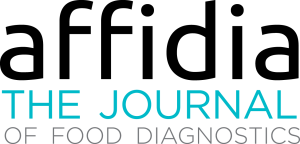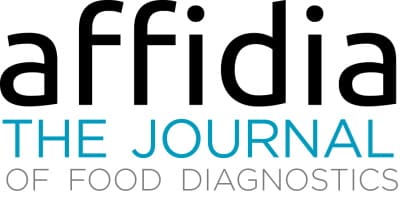Food allergen analysis – the analyst’s dilemma
Some analytical scientists report an analytical result and others report a result and its interpretation. There are good reasons for doing the former. The complexity of modern analytical science requires specialisation; it is often safer for the specialist to report just a result. It must be properly described with unambiguous units, a brief informative mention of the validated method, recovery, measurement uncertainty and any caveats. It is then left to risk assessors to interpret.
But I’m in the second camp. As an official food control scientist (Public Analyst), a forensic scientist or when resolving technical analytical appeals, I must interpret my findings, sometimes to a court of law. Many toxins are governed by legislative limits, but we must still explain, to a court or the public, why the limits exist and why a sample doesn’t comply.
One type of analysis poses particular challenges – food allergens. Many will be well aware why, but let me briefly recap the two main problems. (1) There are no legislative, or even generally agreed, limits for unintended IgE mediated food allergens in food. (2) Our methods of analysis are not all that we could wish – hardly surprising, the analytes are large protein molecules, and data analysis and reporting are not harmonised.
A fictional example might explain the dilemma. A client company wishes to assess the need for Precautionary Allergen Labelling, PAL for hazelnut in plain cookies. I’m looking at lab data for hazelnut protein in a sample of the cookies, wondering how to report and interpret it. What are the questions going through my mind? What was my recovery? How do I estimate it? Do I correct for recovery? How do I calculate the measurement uncertainty, U, and do I report (x + U) or (x – U)?
How do I evaluate the risk? There is the Allergen Bureau VITAL® reference dose (ED01) of 0.1 mg hazelnut protein and I could calculate the amount of hazelnut protein in a cookie from my analytical result. But how many cookies would a consumer eat? And suppose I arrive at an answer such as 0.09 mg hazelnut protein in a given number of cookies - 99% of the allergic population are protected, but what about the other 1%? And my client company sells a lot of cookies.
Of course analysis isn’t the only way to do risk assessment, and a lab thoroughly at home with allergen analysis and aware of the context may be able to answer all or most of these questions but what about the analyst who reports many different types of food analysis? How do they easily find the answers? And without generally agreed limits and harmonised data analysis and reporting formats the risk of differing advice from different labs is high. Not a comfortable situation for analysts, consumers or regulators.
In my next article, which will be available next year on Affidia Journal, I’ll try to signpost to some solutions.
(All data above are for illustrative purposes only and not derived from any real-life situation).
Download content now


















